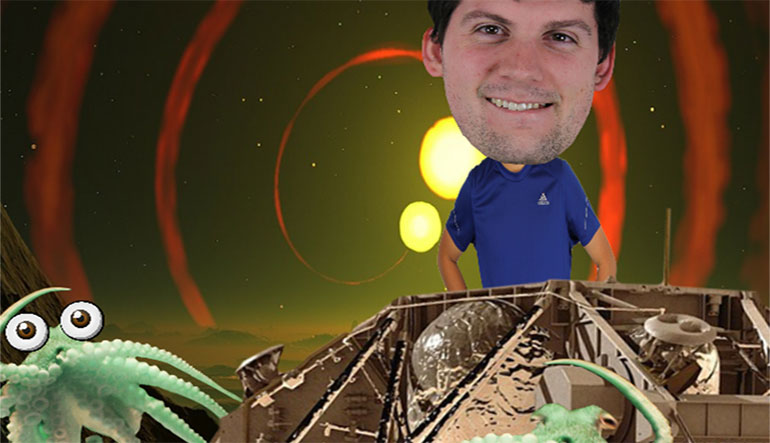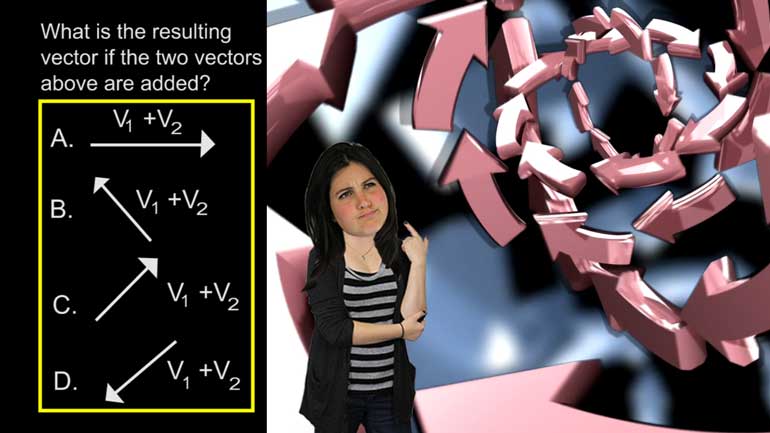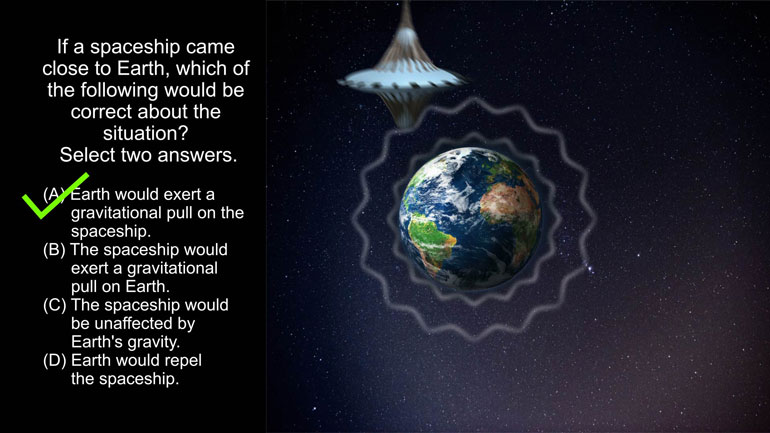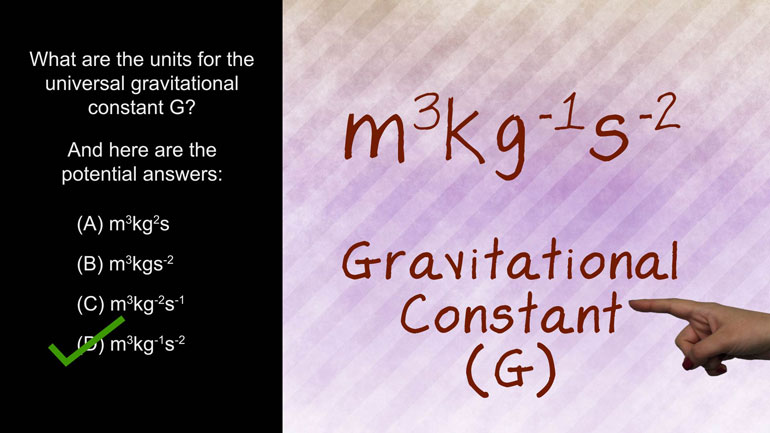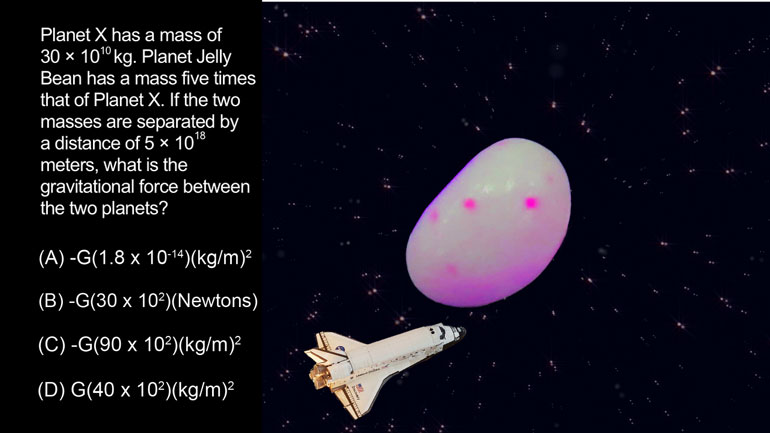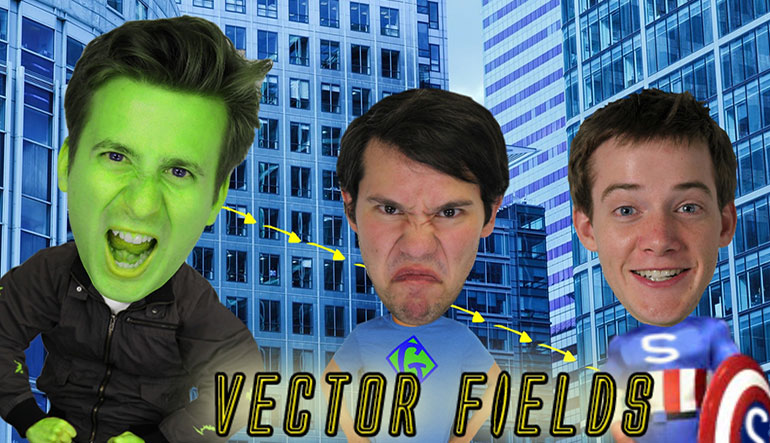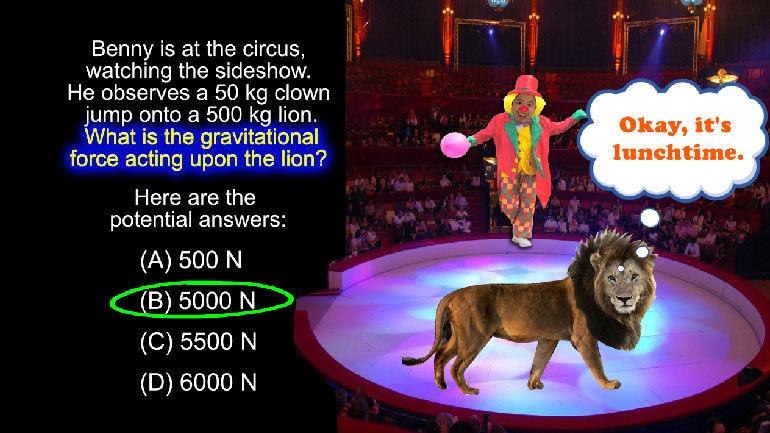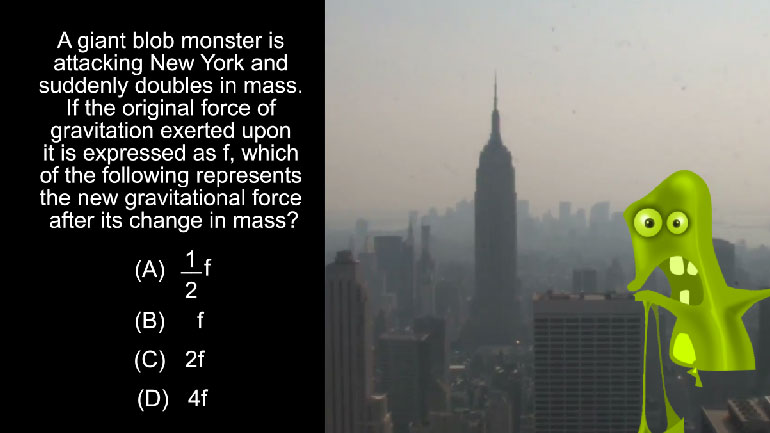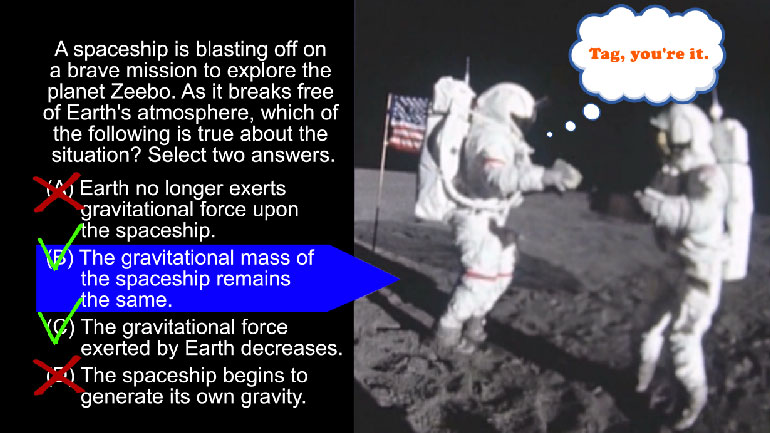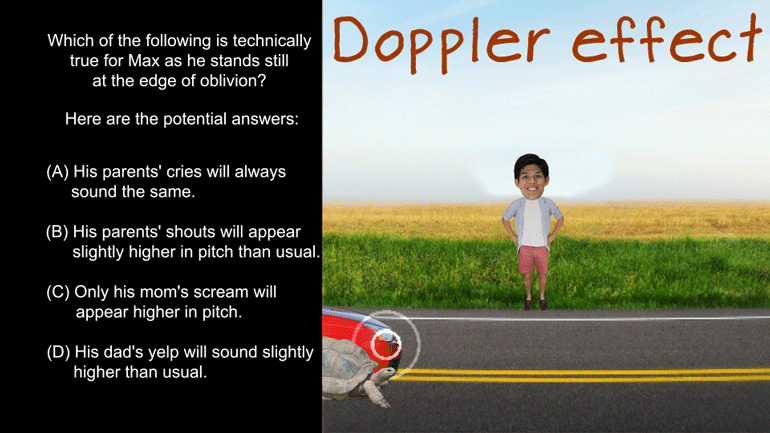ShmoopTube
Where Monty Python meets your 10th grade teacher.
Search Thousands of Shmoop Videos
Playlist AP® Physics 1: Fields in Space 14 videos
We've heard of some crazy dieting fads, but leaving the planet may take the cake. We don't suggest you do that, but we do suggest you answer t...
Don't let this question about gravitational forces get you down! Yeah, yeah...that was an easy joke. You get what you pay for.
THE EARTH'S MASS IS ABOUT TO DOUBLE. Sorry for the extreme tone; we just want to make sure you understand the...gravity of the situation.
AP Physics 1: 2.4 Fields in Space 239 Views
Share It!
Description:
AP Physics 1: 2.4 Fields in Space. Which of the following would help bring the satellite into this new orbit?
Transcript
- 00:00
Thank you We sneak and here's your shmoop du jour
- 00:05
Brought to you by space junk man The intergalactic police
- 00:08
should really have stricter laws to help produce alien littering
- 00:11
Alright Thanks to space junk a satellite has been bumped
- 00:14
from its previous circular orbit into a new circular orbit
Full Transcript
- 00:18
The technicians on the ground report that the satellite is
- 00:21
now orbiting at a distance ten percent greater than it
- 00:23
was previously Which of the following would help bring the
- 00:26
satellite into its proper orbit And here the potential answers
- 00:30
rockets to speed it up Slow precinct transporting cargo All
- 00:36
right so we've got a satellite in orbit and the
- 00:38
distance of its orbit has changed What we need to
- 00:41
understand is how the mass and velocity of the satellite
- 00:44
affect its orbital distance Well the equation used to calculate
- 00:47
the velocity of an object orbiting the earth is velocity
- 00:51
squared equals the gravitational constant times mass divided by the
- 00:56
objects distance from the earth That looks like this harry
- 00:59
thing right there It's important to remember that the mass
- 01:02
in this equation isn't the mass of the satellite it's
- 01:06
the mass of the earth the mass of the satellite
- 01:08
Doesn't influence this equation so we can eliminate options See
- 01:12
indeed Taking a look at the equation basic math tells
- 01:14
us that if the distance increases well velocity decreases We
- 01:19
can also rearrange the equation to solve for the distance
- 01:21
And that would look like this We're looking at it
- 01:24
this way We know that if the velocity increases the
- 01:27
distance decreases Got it So option a is the correct
- 01:32
answer Kind of power of the jets and lower the
- 01:34
satellite back to where it belongs But let's cover our
- 01:36
bases here We can also think about this question in
- 01:40
terms of proportions If we have our original equation velocity
- 01:44
squared equals g times mass divided by distance Then we
- 01:49
can compare that to the velocity and distance of the
- 01:53
bump satellite let's Make that equation Velocity b for bunk
- 01:58
squared equals g times mass divided by distance Be now
- 02:03
let's Put one over the other to create the proportion
- 02:07
like that And it'll look a little something like this
- 02:10
Yeah And you can rearrange that to produce the correct
- 02:13
velocity Well this means that the original velocity is larger
- 02:16
than the bump velocity because the bump distance is larger
- 02:19
Than the original distance as was the case here Sometimes
- 02:22
there are multiple ways to solve a problem so it's
- 02:24
important Remember that if we do get stuck on a
- 02:26
problem to see if there's another approach we can take
- 02:29
to find an answer Sometimes our brains can lock on
- 02:31
a one thing and not see that other past Khun
- 02:33
get us to the promised land Stepping back and taking
- 02:37
a fresh look helps clear things up And speaking of
- 02:39
clearing things up well how about holding these littering aliens
- 02:42
a little more accountable and it's a mess up there
Related Videos
AP Physics 1: 2.5 Changes and Conservation Law. At what point(s) in this situation is energy lost in any form?
AP Physics 1: 1.4 Waves. Which of the following is technically true for Max as he stands at the edge of oblivion?
AP Physics 1: 1.4 Changes and Conservation Laws. Find the current across R2.
AP Physics 1: 2.4 Changes and Conservation Laws. Which of the following circuits should the students use?
AP Physics 1: 1.5 Waves. What can possibly occur when the two waves reach each other?
